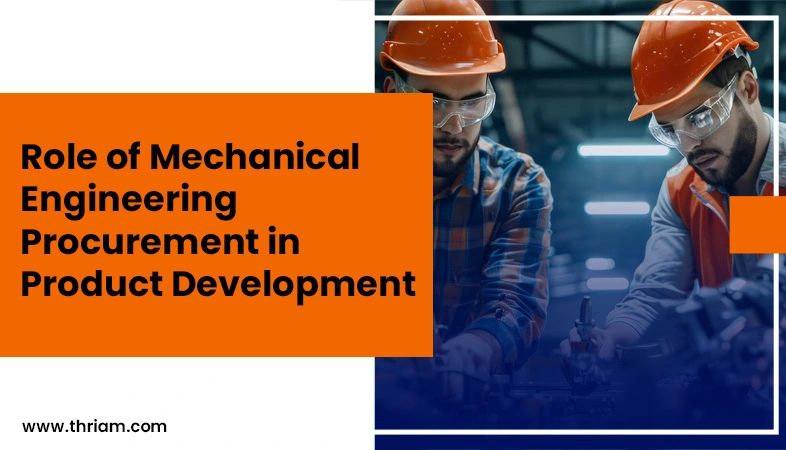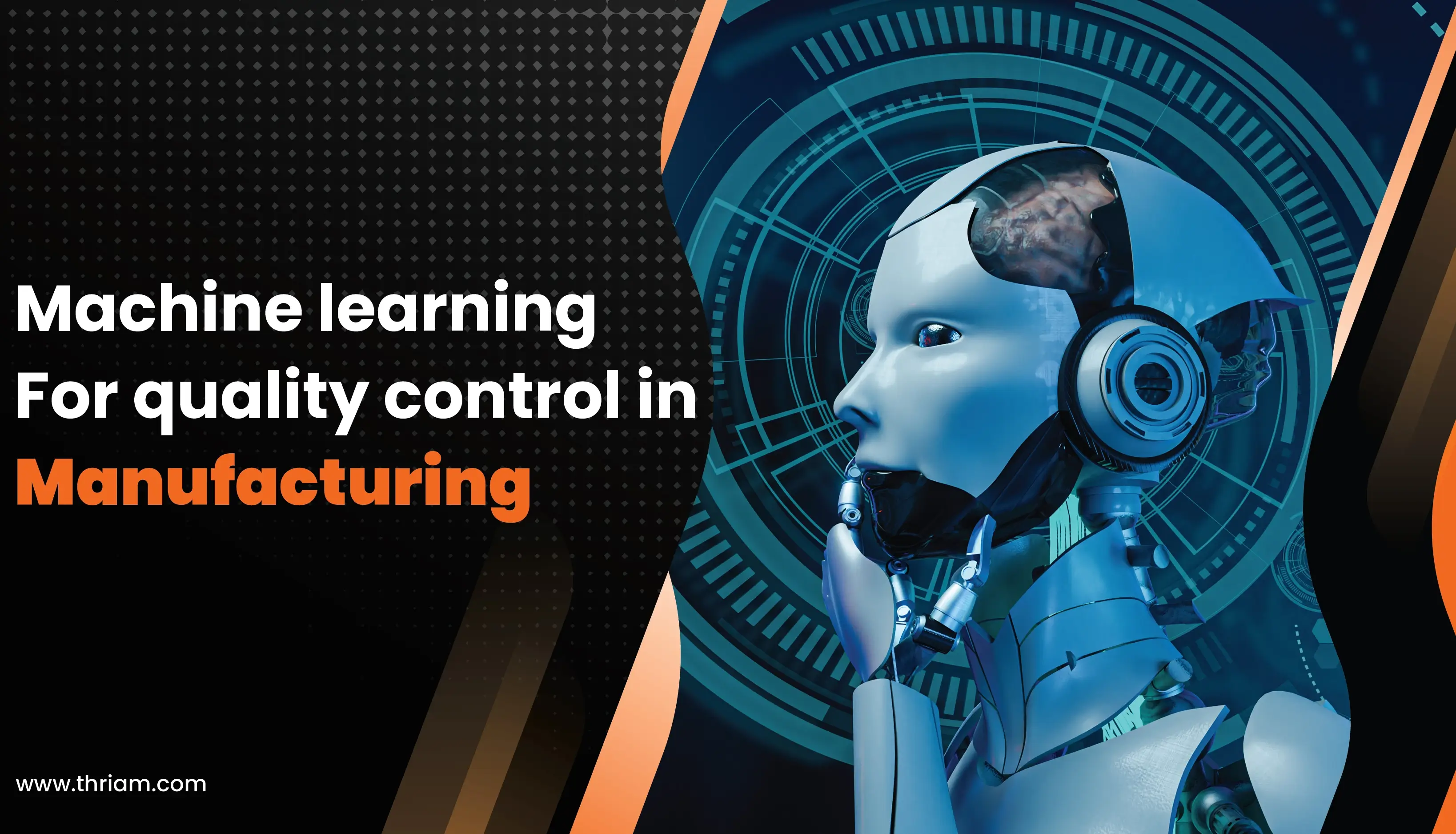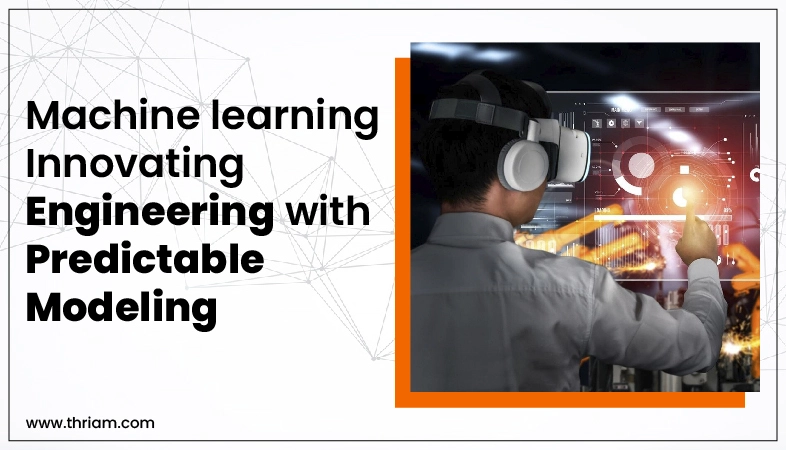Transforming Real-time Process Control in Mechanical Engineering with Machine Learning Approaches
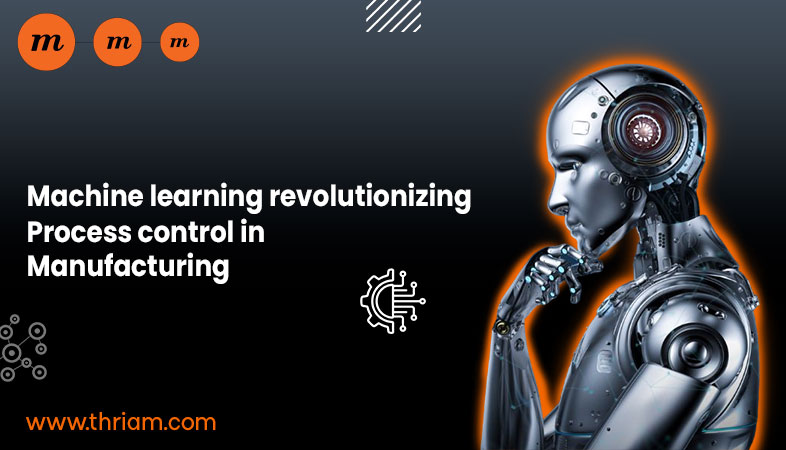
Machine learning is an area of Artificial Intelligence (AI) that involves the training of computers to automatically learn and improve from experience without being explicitly programmed. This powerful tool has the capability to revolutionize process control in mechanical engineering by improving real-time control systems. In this blog, we will discuss the importance of machine learning in real-time process control, the various machine learning techniques used for process control, and specific approaches that can be implemented in mechanical engineering.
Introduction
Real-time process control is a critical component in mechanical engineering, where timely and precise control of various processes is necessary for optimal output. However, traditional rule-based control systems may not be ideal for complex processes as they are highly dependent on expert knowledge and experience. Machine learning, on the other hand, can help overcome these challenges by using data-driven models that can learn from patterns and identify critical factors affecting process control.
Overview of Machine Learning
Machine learning is an umbrella term that refers to different approaches to AI. These include supervised learning, unsupervised learning, and reinforcement learning. Supervised learning involves the training of a machine learning model using a labeled dataset, where the model learns to predict outputs based on the inputs. Unsupervised learning is the training of a model using an unlabeled dataset, where the model learns to identify patterns and relationships in the data. Reinforcement learning is a type of learning where a machine learns to take actions in response to a given environment, maximizing a reward function.
Application of Machine Learning in Real-time Process Control
Machine learning has a significant impact on virtually all areas of human endeavor, including manufacturing, healthcare, finance, transportation, and logistics, among others. One critical area in which machine learning has attracted considerable attention is real-time process control. In this article, we will explore some of the key applications of machine learning in real-time process control.
One of the primary applications of machine learning in real-time process control is predictive maintenance. By monitoring machines' health in real-time and analyzing large volumes of data, machine learning algorithms can predict when machines are likely to fail and recommend the appropriate response. This approach can prevent unplanned downtime and reduce the cost of maintenance, improving overall productivity.
Machine learning algorithms are also used in real-time process control for quality control purposes. By analyzing data in real-time, machine learning algorithms can identify anomalies and alert operators of potential quality issues before they occur, allowing for prompt action to remedy the problem.
Process optimization is another key application of machine learning in real-time process control. Machine learning algorithms can analyze data from various sensors and optimize settings in real-time to improve efficiency, reduce waste, and increase throughput.
Machine learning algorithms can also be applied in real-time process control for safety monitoring. By analyzing sensor data, machine learning algorithms can detect unsafe conditions, such as high temperatures or pressure, and alert operators to take corrective action promptly.
Finally, machine learning algorithms are used in real-time process control for fault detection and diagnosis. By continuously monitoring equipment and analyzing data, machine learning algorithms can detect equipment faults early and provide detailed diagnostic information to facilitate quick and effective resolution.
Specific Machine Learning Approaches for Real-Time Process Control in Mechanical Engineering
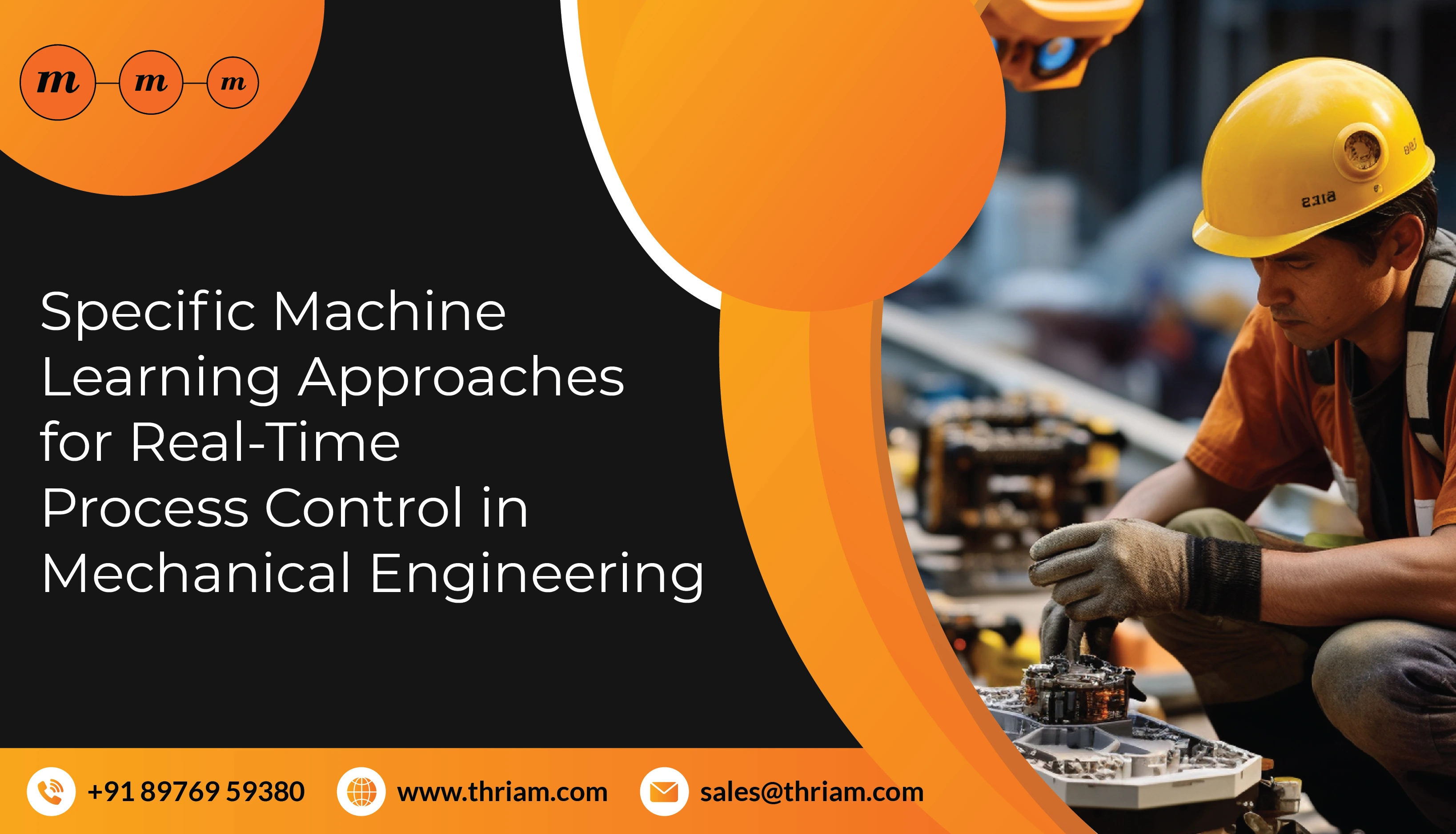
Some specific machine learning approaches that can be implemented in real-time process control in mechanical engineering include support vector machines (SVMs), random forests, neural networks, and deep learning. SVMs are used for classification and regression and are highly accurate for small datasets. Random forests are used for classification and regression and excel in dealing with high-dimensional datasets. Neural networks are used for nonlinear data and have been critical in deep learning and computer vision. Deep learning is a subset of neural networks that creates models with multiple layers for deep feature extraction.
Challenges and Limitations of Machine Learning Approaches in Process Control
Machine learning is an innovative technology that has the potential to revolutionize process control. However, like any other technology, it has its limitations and challenges. This article will discuss some of the common challenges and limitations that machine learning approaches face in process control.
One of the significant challenges of machine learning in process control is the issue of insufficient data. Machine learning algorithms rely on large volumes of data, both for training models and for making accurate predictions. In situations where there is not enough data for training, the model may not have the necessary accuracy to make precise predictions, resulting in incorrect or inconsistent output from the system.
Another limitation of machine learning in process control is the issue of overfitting or underfitting. Overfitting occurs when a model performs well on the training data but does not generalize well to new data, resulting in incorrect predictions. This can happen when the model is too complex or has too many features, making it difficult to interpret and not flexible enough to adjust to new data. On the other hand, underfitting is the opposite, where a model is too simple and cannot accurately model the underlying data, leading to poor prediction performance.
Interpretability and explainability are also significant challenges in machine learning approaches for process control. As machine learning algorithms become more complex, they also become more difficult to interpret, making it challenging to identify what inputs are driving the outputs. In some contexts, this can be a critical limitation, particularly when users need to understand the logic behind the decisions made by the algorithm.
Model training is another challenge. In most machine learning applications, training a model can be a time-consuming and resource-intensive process. Further, as the number of features increases, the time required to train the model may increase exponentially. This can limit the feasibility of certain machine learning approaches given the limited compute resources available in the real world.
Finally, machine learning algorithms may not be readily applicable to all types of process control problems. Machine learning models have to be appropriately adapted to each specific context to ensure they accurately capture the relevant aspects of the problem being addressed. This can create additional challenges when designing machine learning solutions to address narrower or highly specialized problems.
In summary, while machine learning offers tremendous promise for improving process control, it also presents several challenges and limitations. To ensure effective implementation of machine learning approaches in process control, it is essential to consider these limitations and challenges and incorporate best practices for data acquisition, model design, and training. By doing so, it would be possible to leverage the potentials of these algorithms to create more effective and efficient process control systems.
Future Directions and Emerging Trends
Machine learning is a rapidly evolving field with huge potential. Recent technological advancements in real-time data acquisition and analysis have provided opportunities for the integration of machine learning approaches with other advanced control techniques, such as process optimization in real time. Moreover, artificial intelligence technologies are continuously being developed to tackle the challenges that process control faces and drive innovation.
Conclusion
Machine learning is a powerful tool that has the potential to improve real-time process control in mechanical engineering by providing predictive insights that are data-driven. This capability could enable us to optimize process efficiencies, minimize costs, and increase productivity. With the continuous development of technologies, machine learning will continue to play a vital role in the future of real-time process control in mechanical engineering.
